Originally published at: Carbon Racers for the Rest of Us - Slowtwitch News
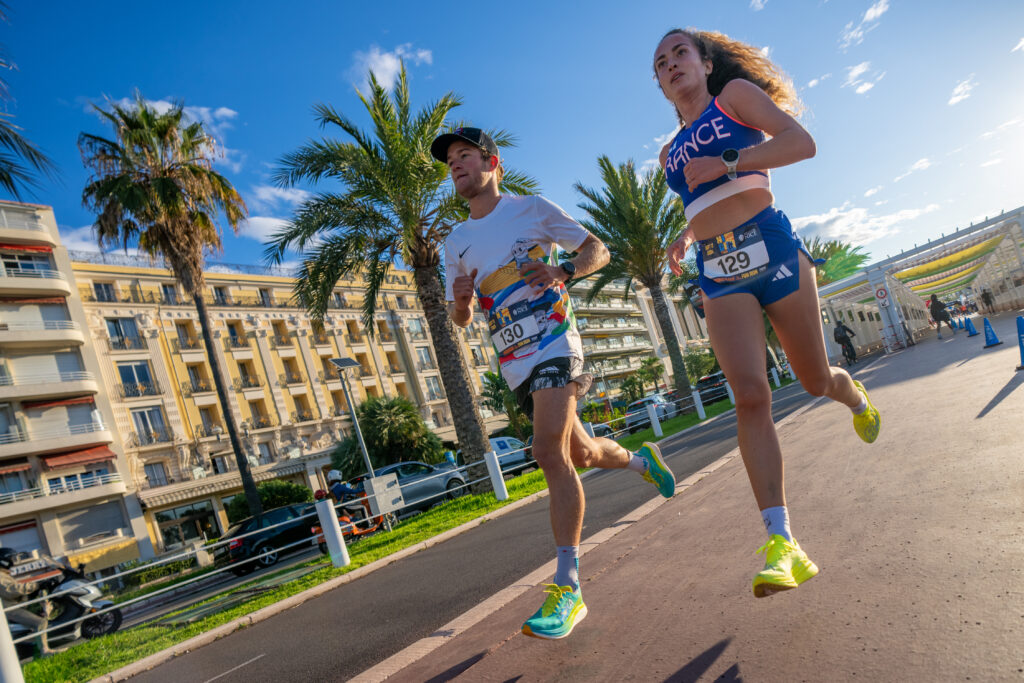
It has been nearly eight years since Nike blew apart the run shoe market with the original Vaporfly. Originally including the 4% tagline, it was claimed that the combination of foam cushioning and carbon plating would enhance performance by, you guessed it, 4%.
And a funny thing it happened: it worked. Records across the running and triathlon worlds were first broken, then shattered, thanks in part to shoes like the Vaporfly. Other brands went in hot pursuit, searching for the right mix of soft foam, carbon-plate location, and more. Then Nike raised the bar again with the AlphaFly. And as shown in our recent reporting on the top 10 run splits from Nice, Nike retains that leadership position at the top-end of the field.
Naturally, as age-group athletes seek out so-called “free speed” (I mean, you pay for that speed, but you get the idea), carbon-plated shoes are everywhere. But, well, some of us aren’t exactly efficient when it comes to our running strides. And as a shoe increases in foam stack height, it naturally becomes less stable, unless there is either a.) a broader base under the foot, or b.) the foot sits bucketed by the foam, making the effective height lower.
None of these shoes in this list are what we’d call traditional stability shoes — there isn’t any medial posting to be found on these. Instead, we’re looking for that platform stability that should help you take advantage of the benefits of carbon plates and newer foams. Also, all of these shoes meet World Athletics’ requirements for stack height in a race — meaning HOKA’s Skyward X, for instance, is on the cutting room floor.
HOKA Rocket X 2
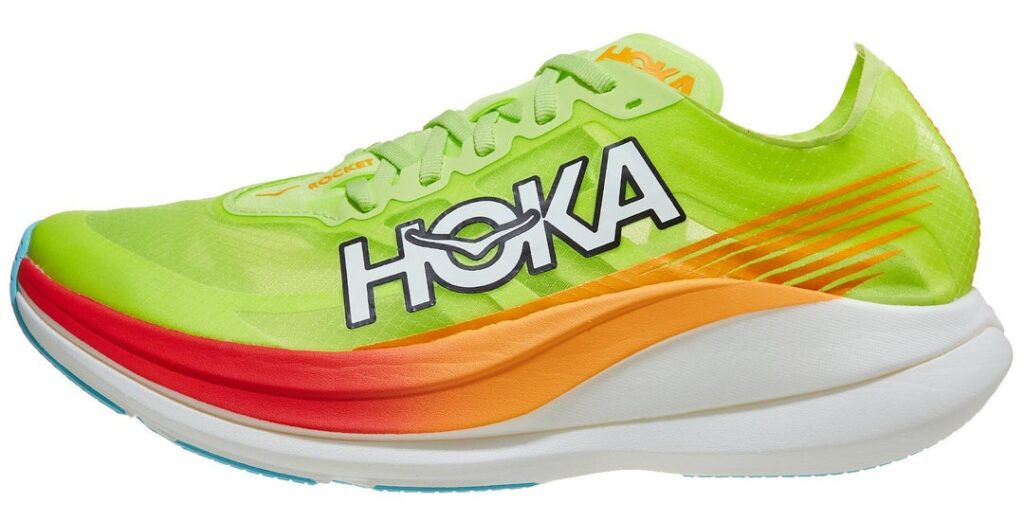
The longest tenured shoe on this list, the current generation Rocket has been a staple of triathlon events since it first hit pavement at the two day IM World Championships in Kona in 2022. (Yes, it was technically a prototype then, but all of them said “Rocket X 2” on them.)
The Rocket X 2 was the launch of HOKA’s new PEBA foam, which brought the light, well-cushioned ride to the proceeding, while marrying it to existing work on carbon plates. Couple that with an ultralight upper and you have the recipe for a quick shoe. But what makes the Rocket X2 such a unique shoe is that it, like most classic HOKA shoes, sees your fit sit in the midsole, versus over it. Paired with a broad midfoot base and overall wide footprint, and it’s a very stable shoe — certainly much moreso than the newer Cielo X1. It’s also, unlike most carbon racers, comfortable at nearly every speed.
Saucony Endorphin Pro 4
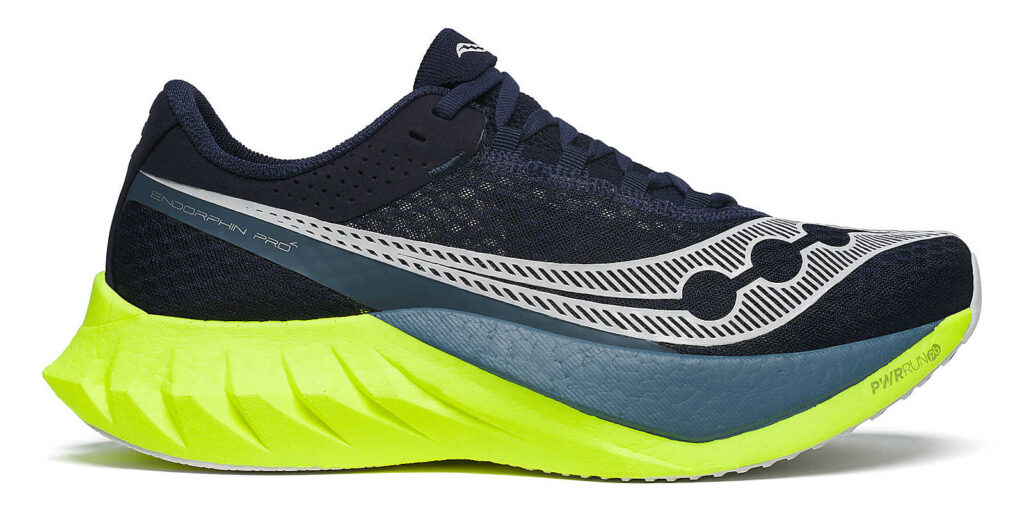
Saucony, as a company, tends to be the first follower of trends. They were the first to follow the so-called natural running shoe market with the Kinvara. They were the first major manufacturer to abandon 12mm drop. And they were the first to bring out a shoe to compete against the Vaporfly with the Endorphin line.
The Pro, now in its fourth generation, sees a couple of concessions to the mainstream. First, Saucony’s making shoes with a variety of stack heights and drops again, with the Endorphin Pro now at 8 millimeters. What hasn’t changed? A very broad platform underfoot, lower stack heights than most other carbon plated shoes, and plenty of cushioning from the blend of PWRRUN foams underfoot. Although I still prefer the original generation to the newer models, this is a positive step in the right direction, and another shoe to consider.
Asics MetaSpeed Edge
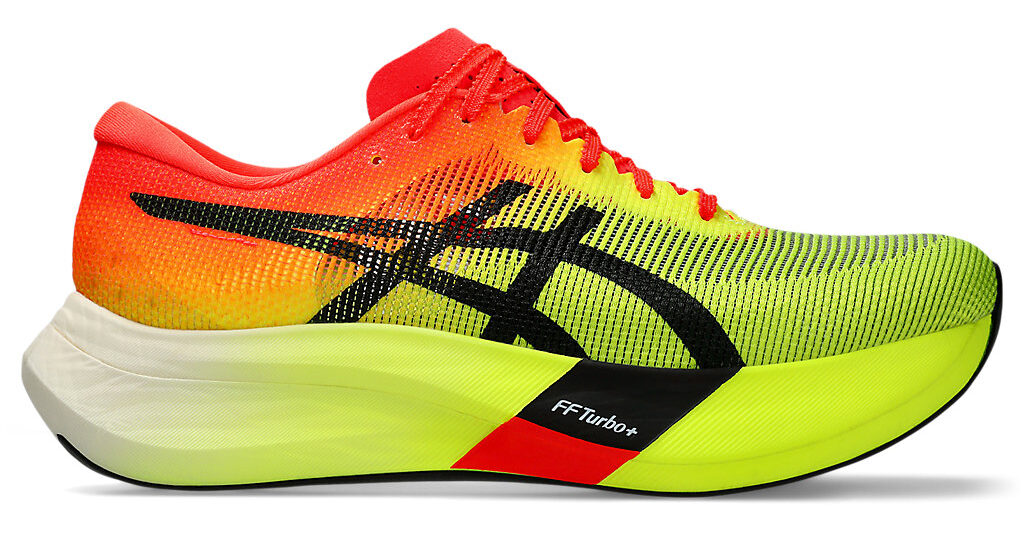
The shoe of choice of IRONMAN World Championship runner-up Kat Matthews, the MetaSpeed Edge is the so-called strider’s shoe — it’s meant for runners who prefer turnover to longer length steps. With that comes a differently shaped carbon-fiber plate and unique midsole geometry. It’s lower to the ground versus the MetaSpeed Sky. By nature, it makes the Edge slightly more stable compared to the sister shoe Sky. And, beating the drum a bit here, but there’s a relatively forgiving profile under the midfoot.
Unlike some other shoes here, though, with both of these you sit on top of the midsole, versus in it. It leans harder into a neutral profile than others. But if you are a person who is faster turnover (e.g., you have no problem with beating 180 strides per minute), it’s another great option.
New Balance FuelCell SuperComp Elite v4
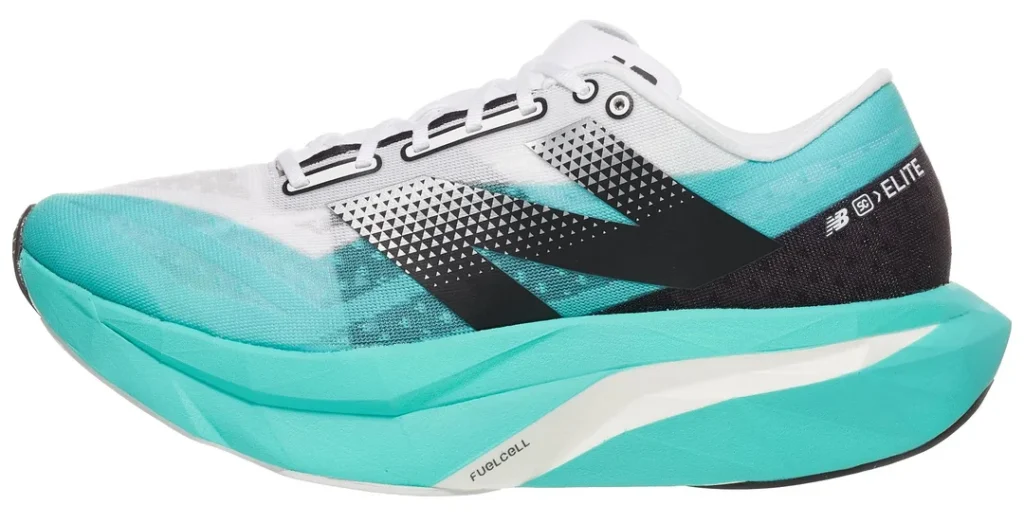
New Balance as a brand typically lags a bit further behind the bell curve. When they have a winning formula, it generally sticks with it. Case in point: the 990 line.
New Balance was a bit later to the carbon shoe game, but they brought out two excellent products in the SuperComp Elite and SuperComp Pacer — the latter of which was used to great effect by Laura Philipp to claim the IRONMAN World Championship. The Pacer is technically meant for shorter races, whereas the Elite is their entrant in the long distance racing category. Surprisingly, it is the higher stack Elite that also has a bit more stable profile underfoot. It comes down to, again, midsole width and increasing the total area in contact with the ground at once.
FuelCell, NB’s foam, is one of the softest in race shoes today. Of this list it’s the most likely to be mistaken for a HOKA in terms of pure cushioning. The general trade-off with NB shoes? They tend towards slightly heavier, with a men’s size 9 coming in at 8.4 ounces. For comparison, it’s a full ounce heavier than the AlphaFly, Endorphin Pro, and Rocket X2. Personally, I don’t think shoe weight matters that much, so long as it’s the best match for you, your foot, and your stride. But it’s something worth noting.
Which One Should You Buy?
I’m going to cheat: the one that fits you the best.
Without trying them on, ideally at your local specialty run store, there’s no good way to make a determination of what shoe is best. What works well for me may cause you significant issues, or vice versa. Example: one of the shoes not on this list (the MetaSpeed Sky) is one of my favorite shoes to run in, although the extremely narrow midfoot contact point gives me pause as to how it would hold up for anything longer than a half marathon.
Lead Image: RWBMultimedia / IRONMAN
Shoe Photos Courtesy of Manufacturers